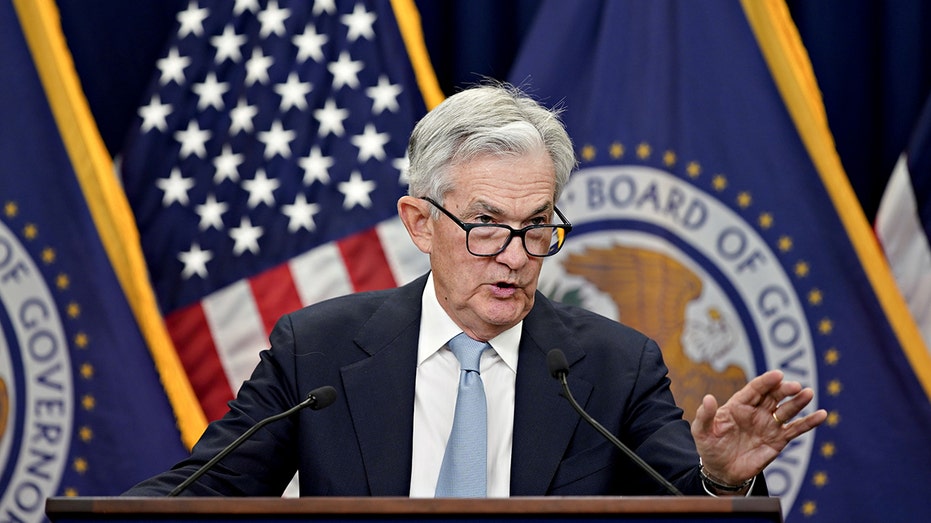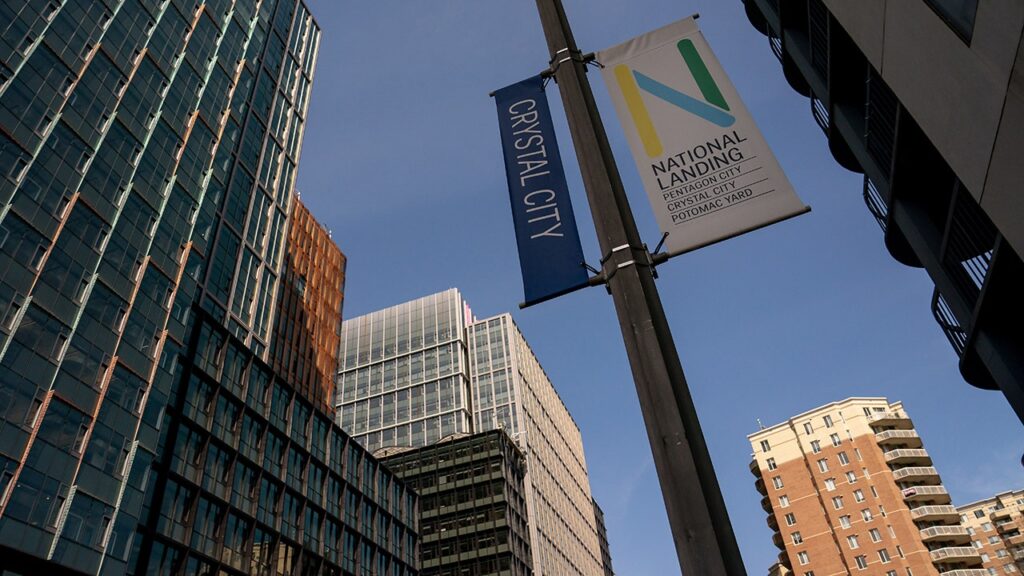The threat of a commercial real estate market crash is hanging over the already fragile U.S. economy.
About $1.5 trillion in commercial mortgage debt is due by the end of 2025, but steeper borrowing costs, coupled with tighter credit conditions and a decline in property values brought on by remote work, have increased the risk of default.
Fitch Ratings already estimated that 35% — or $5.8 billion — of pooled securities commercial mortgages coming due between April and December 2023 will not be able to be refinanced.
“Commercial real estate is melting down fast,” Tesla CEO Elon Musk said in a recent tweet. “Home values next.”
WORLD BANK WARNS GLOBAL ECONOMY TO SLOW SHARPLY AMID HIGHER INTEREST RATES
Office and retail property valuations could ultimately plummet as much as 40% from peak to trough this year as higher interest rates make it harder for investors to refinance trillions in looming debt, according to Lisa Shalett, chief investment officer for Morgan Stanley Wealth Management.
“MS & Co. analysts forecast a peak-to-trough CRE price decline of as much as 40%, worse than in the Great Financial Crisis,” Shalett wrote in a weekly investment note. “More than 50% of the $2.9 trillion in commercial mortgages will need to be renegotiated in the next 24 months when new lending rates are likely to be up by 350 to 450 basis points.”
STOCK MARKET RALLY COULD BE DERAILED BY AN EARNINGS SLUMP, MORGAN STANLEY WARNS
Complicating the matter is the fact that small and regional banks are the biggest source of credit to the $20 trillion commercial real estate market, holding about 80% of the sector’s outstanding debt. Regional banks were just at the epicenter of the upheaval within the financial sector, and there are concerns that the turmoil could make lending standards drastically more restrictive.

During a credit crunch, banks significantly raise their lending standards, making it difficult for businesses or households to get loans. Borrowers may have to agree to more stringent terms like high interest rates as banks try to reduce the financial risk on their end.
“I do think there will be issues with commercial real estate,” Treasury Secretary Janet Yellen said Wednesday during an interview with CNBC. But she suggested that banks will be able to handle the strains ahead.
Banks were already tightening lending standards before the crisis within the industry began. A quarterly survey of loan officers published by the Fed showed that a growing number of banks tightened lending standards and saw a sharp slowdown in demand during the final three months of 2022.
BANKING CRISIS THREATENS TO IGNITE CREDIT CRUNCH OF US HOUSEHOLDS: WHAT TO KNOW
“Refinancing risks are front and center” for commercial property owners, a separate Morgan Stanley note said. “The maturity wall here is front-loaded. So are the associated risks.”
Even before the collapse of Silicon Valley Bank and Signature Bank in early March, the commercial real estate market was struggling with a number of challenges, including higher interest rates and waning demand for office space as more companies allow employees to work from home.

“Commercial real estate, already facing headwinds from a shift to hybrid/remote work, has to refinance more than half of its mortgage debt in the next two years,” Shalett wrote in a weekly report published last month.
The Federal Reserve has raised interest rates 10 times over the past year from near zero to around 5%. Policymakers have indicated that another rate hike could be on the table this year amid signs of underlying inflationary pressures.
Still, others are less pessimistic about the future of the commercial real estate market. Solita Marcelli, UBS Global Wealth Management chief investment officer of Americas, said the headlines regarding office space “are worse than reality.”
“An expected credit crunch on the back of rising cost of funding for banks may further compound its troubles,” Marcelli said in a note. “We don’t believe a repeat of the 2008 liquidity crisis is likely — where capital markets essentially closed for financing.
“In our view, the health of the overall banking system and market liquidity conditions are substantially better than they were during the [Great Financial Crisis].”
Read the full article here











